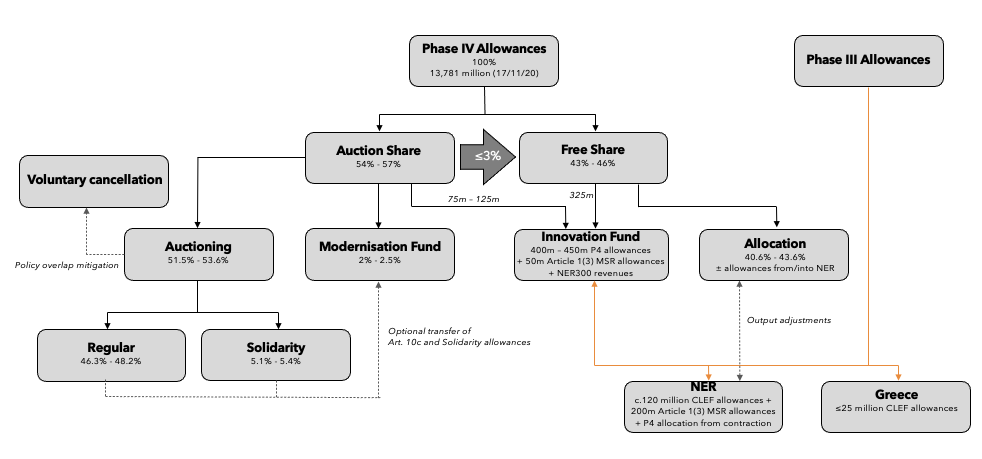|
[Revised on 17/11/20 to align the total cap with the Commission Decision on the Union-wide quantity of allowances to be issued under the EU Emissions Trading System for 2021] Based on our analysis of the provisionally agreed Phase IV ETS text, the Phase IV cap breaks down as follows: Assumptions and notes:
Auction Share Key Points
Free Share Key Points
Funds Key Points
For further information please contact [email protected]
0 Comments
Leave a Reply. |
Damien GreenManaging Director Archives
February 2023
Categories |
